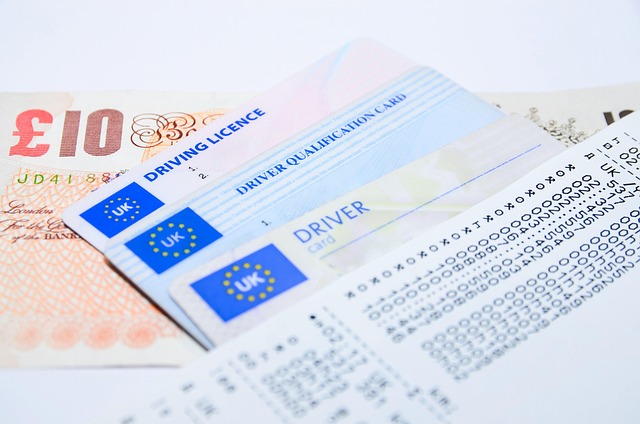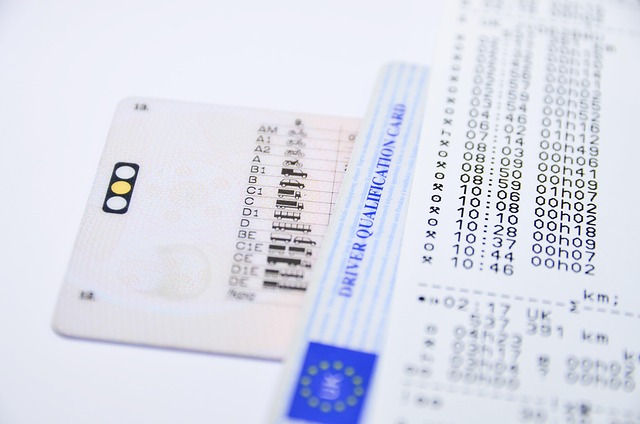Insurers and policyholders can enhance claims processing fairness and efficiency by understanding the distinct definitions of repair and replacement. Clear communication upfront about coverage options expedites resolutions, builds trust, and prevents disputes. Alternative dispute resolution (ADR) methods like mediation and arbitration streamline processes, fostering positive relationships. Fair claims practices involve transparent communication, prompt responses, detailed documentation, and considering all eligible expenses fairly. Case studies highlight the importance of clear policy language, collaborative problem-solving, and flexible policies for successful dispute resolutions regarding repair and replacement coverage.
In today’s complex insurance landscape, effective dispute resolution and fair claims processing are paramount for maintaining customer satisfaction and trust. This article delves into critical aspects of resolving disputes and ensuring fairness in the handling of repair and replacement claims. We explore key strategies, starting with demystifying vital terms like “repair” and “replacement coverage,” and providing a step-by-step guide to transparent, accountable claims processing. Real-world case studies illuminate successful approaches, offering valuable lessons for insurers and claimants alike.
Understanding Repair and Replacement Coverage: Define the Terms and Their Importance in Claims Processing

In the realm of claims processing, understanding repair and replacement coverage is paramount to ensuring fairness and efficiency. These terms, though seemingly straightforward, carry significant weight in resolving disputes. Repair refers to the act of restoring a damaged item to its original condition, while replacement involves providing a new equivalent item. The distinction matters; it dictates who bears the cost and time associated with getting the item back to its functional state.
Clear definitions are crucial because they prevent misunderstandings and potential disputes. For instance, if a policy covers repair but not replacement, or vice versa, it sets clear expectations for both parties involved. This transparency streamlines the claims process, enabling quicker resolution and fostering trust between the insured and the insurer. It’s essential to define these terms upfront to avoid delays and ensure a smooth, fair claims experience.
Strategies for Effective Dispute Resolution: Building Bridges Between Insurers and Claimants

Effective dispute resolution is key to maintaining strong relationships between insurers and claimants, fostering trust, and ensuring fair claims processing. Building bridges requires a collaborative approach that prioritizes understanding and communication. Insurers should actively listen to claimant concerns about repair and replacement coverage, offering transparent explanations of policy terms and conditions. Prompt response times, clear documentation, and consistent updates can significantly enhance the experience.
Implementing strategies like mediation and arbitration can further streamline the process. These alternative dispute resolution (ADR) methods provide structured yet flexible frameworks for negotiation, allowing both parties to find mutually agreeable solutions. By embracing ADR, insurers demonstrate a commitment to efficiency and fairness, potentially reducing legal costs while fostering positive relationships with claimants.
Fair Claims Processing Practices: A Step-by-Step Guide to Ensuring Transparency and Accountability

Fair Claims Processing Practices offer a structured approach to ensuring transparency and accountability in handling disputes, particularly regarding repair and replacement coverage. The process begins with clear communication, where insurance providers actively inform policyholders about their rights and the available remedies. This is crucial in setting expectations and preventing misunderstandings.
Next, prompt response times are vital. Insurers should acknowledge claims within a reasonable timeframe, ensuring policyholders feel heard and valued. Following this, a thorough assessment of the damage or loss must be conducted, with detailed documentation to support any decisions regarding repair or replacement coverage. This step guarantees that all eligible expenses are considered fairly, fostering trust between the insurer and the claimant.
Case Studies and Lessons Learned: Real-World Examples of Successful Dispute Resolution in Repair and Replacement Coverage

In the realm of insurance claims processing, case studies offer invaluable insights into effective dispute resolution strategies, particularly within the context of repair and replacement coverage. Real-world scenarios provide a unique perspective on navigating complex situations where policyholders and insurers have conflicting interests. For instance, consider a case where a homeowner’s insurance claim for roof repairs was denied due to an interpretation discrepancy in the policy’s language. Through mediation, both parties agreed on a fair assessment, leading to swift resolution. This example highlights the importance of clear communication and collaborative problem-solving.
Additionally, examining successful dispute resolutions in repair and replacement coverage can teach us about the power of flexible policies. A study focusing on auto insurance claims revealed that allowing for alternative repair facilities beyond manufacturer-approved shops fostered competition, resulting in more cost-effective repairs. These practical lessons underscore the value of adaptable processes, emphasizing the need for ongoing evaluation and refinement in claims handling to ensure fairness for all parties involved.
Insurers and claimants can significantly enhance their relationship and streamline claims processing by adopting best practices in repair and replacement coverage. By clearly defining terms, implementing effective dispute resolution strategies, and adhering to fair claims processing practices, both parties can ensure transparency, accountability, and ultimately, a more positive experience for all involved. Real-world case studies highlight the success of these approaches, demonstrating that open communication and structured processes are key to resolving disputes and ensuring timely, accurate claims handling in repair and replacement coverage scenarios.
